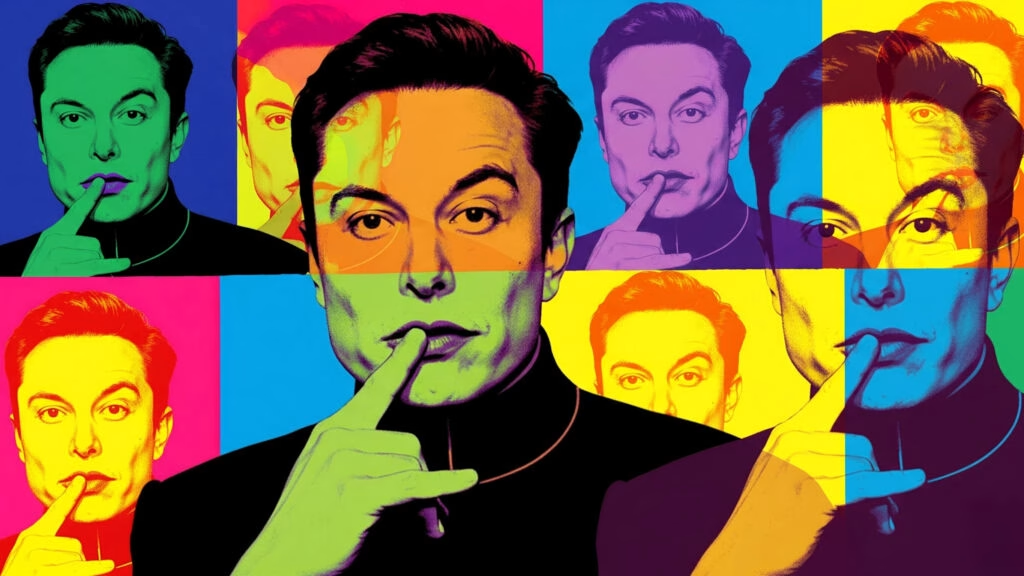What’s Actually in Tesla’s Latest Master Plan?
Tesla just dropped its newest master plan, and let’s be honest—it’s left a lot of folks scratching their heads. If you were hoping for a clear roadmap or some juicy details about what’s next, you might be disappointed. The announcement is big on buzzwords and ambition, but light on substance. So, what’s really going on here, and what does it mean for Tesla’s future?
Why Does Tesla’s Master Plan Feel So Vague?
You’d expect a master plan from one of the world’s most talked-about companies to be packed with specifics. Instead, Tesla’s latest update reads more like a motivational poster than a business strategy. Phrases like “growth is infinite” and “innovation removes constraints” sound inspiring, but they don’t answer the big questions: What’s the next big product? How will Tesla address its current challenges?
This isn’t the first time Tesla has leaned into grand vision over granular detail. But the stakes are higher now. The electric vehicle market is more crowded than ever, and Tesla’s competitors are catching up fast. According to a 2024 report from the International Energy Agency, global EV sales surged 36% last year, but Tesla’s market share in Europe nearly halved. That’s a wake-up call.
Is Tesla Still a Car Company—or Something Else?
If you read between the lines, Tesla seems to be repositioning itself. The company’s language has shifted from cars to something broader—AI, robotics, and “accelerating global prosperity.” There’s even a nod to economic growth “shared by all,” which sounds more like a social movement than a business plan.
This pivot isn’t just talk. CEO Elon Musk has repeatedly said that Tesla’s future value will come from artificial intelligence and robotics, not just cars. The Optimus robot—Tesla’s humanoid machine designed to tackle repetitive or dangerous jobs—was front and center in the announcement. Musk claims that Optimus could eventually account for 80% of Tesla’s value. That’s a bold bet, especially since the robot is still in early development and hasn’t been deployed at scale.
What About Tesla’s Current Lineup and Recent Struggles?
Tesla’s master plan gives a quick nod to its past hits—the Roadster, Model S, Model X, Model 3, and Model Y. But there’s no mention of what’s coming next. The long-promised Roadster 2.0 is still missing in action. And the Cybertruck, once hyped as a game-changer, has faced production delays and mixed reviews.
Meanwhile, Tesla has quietly shifted resources back to its best-seller, the Model Y, reportedly cutting Cybertruck production to meet demand. This kind of course correction isn’t unusual in the auto industry, but it does raise questions about Tesla’s ability to execute on its bolder promises.
Can Optimus and AI Really Drive Tesla’s Future?
Let’s talk about the elephant in the room: Optimus. The idea of a general-purpose robot that can handle boring or dangerous tasks is undeniably cool. But it’s also incredibly ambitious. Robotics experts point out that creating a humanoid robot that’s safe, reliable, and cost-effective is a massive technical challenge. Even industry leaders like Boston Dynamics have spent decades perfecting much simpler machines.
Still, Musk’s vision isn’t entirely out of left field. The global robotics market is projected to grow from $38 billion in 2023 to over $70 billion by 2028, according to MarketsandMarkets. If Tesla can crack the code, Optimus could open up new revenue streams far beyond cars. But right now, it’s more promise than product.
Why Are Investors and Fans Feeling Restless?
Tesla’s stock price has always reflected more than just car sales—it’s a bet on the future. But as the company’s messaging gets vaguer, some investors are getting antsy. They want to see concrete steps, not just sweeping statements. The lack of detail in the master plan, especially about near-term products and timelines, has left many wondering if Tesla is spreading itself too thin.
At the same time, Tesla’s loyal fanbase is used to waiting. The company has a history of overpromising and eventually delivering—sometimes years late, but often with game-changing results. The question now is whether that patience will hold if the company keeps moving the goalposts.
What Should You Watch for Next?
If you’re trying to make sense of where Tesla is headed, keep an eye on a few key areas. First, watch for real-world progress on Optimus and Tesla’s AI initiatives. Are there pilot programs, partnerships, or early deployments? Second, look for updates on the next generation of vehicles—especially the long-delayed Roadster and any new affordable models. And finally, pay attention to how Tesla responds to growing competition, both in EVs and in the broader tech space.
The big takeaway? Tesla’s future isn’t about perfection—it’s about smarter adjustments. Start with one change this week, and you’ll likely spot the difference by month’s end.

